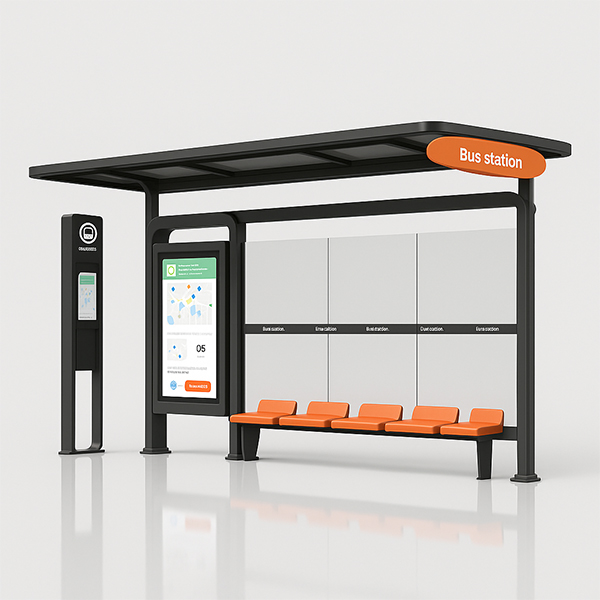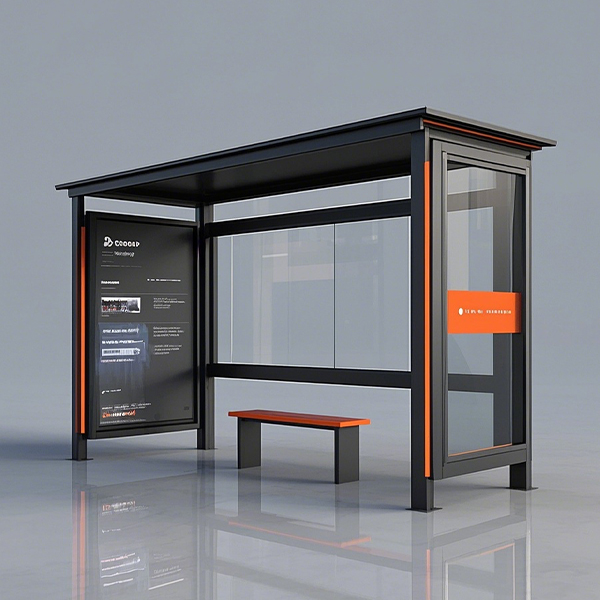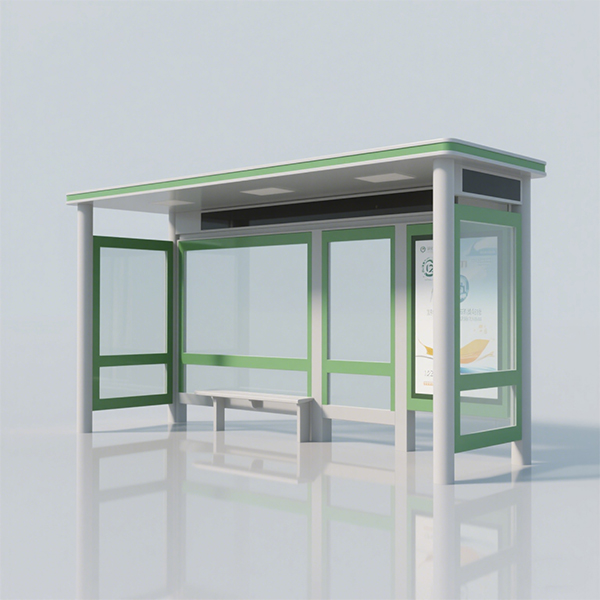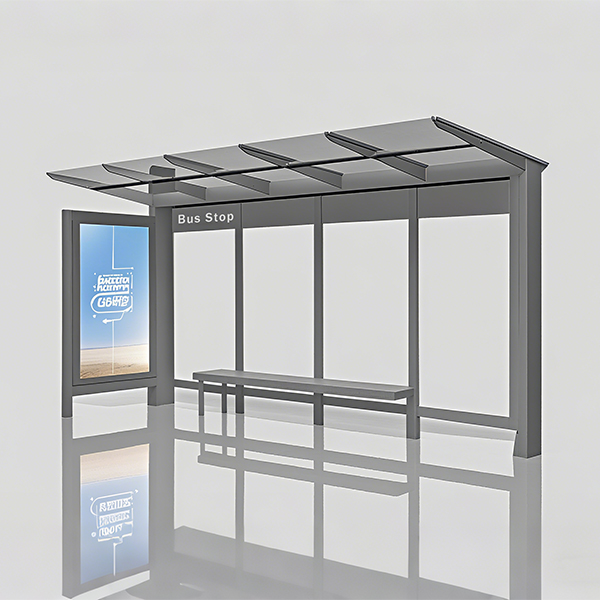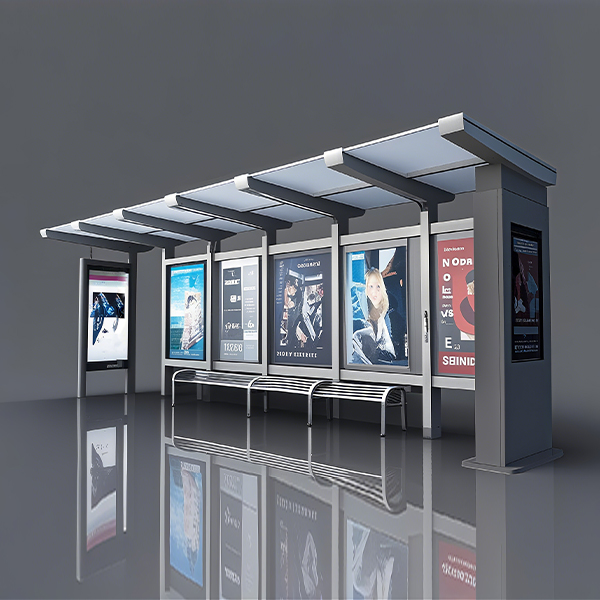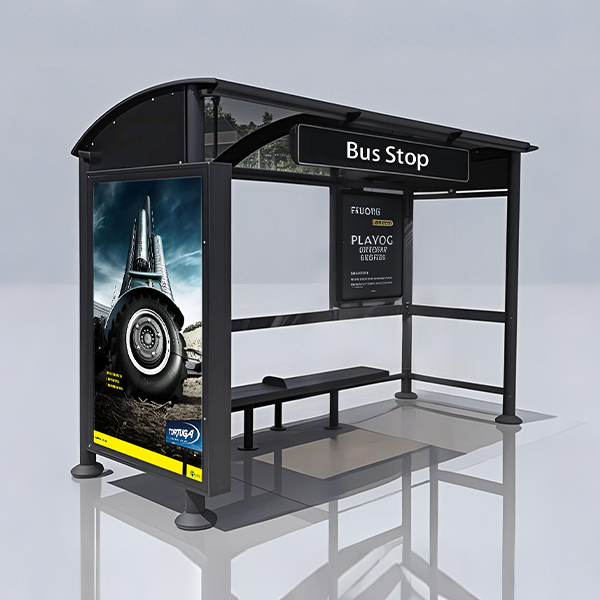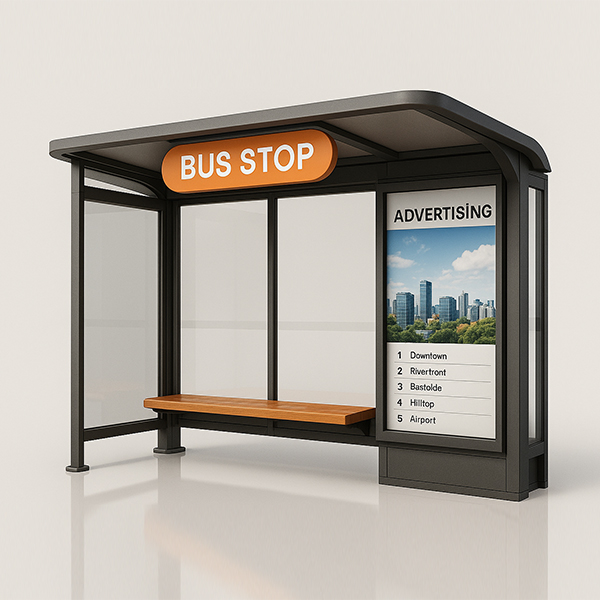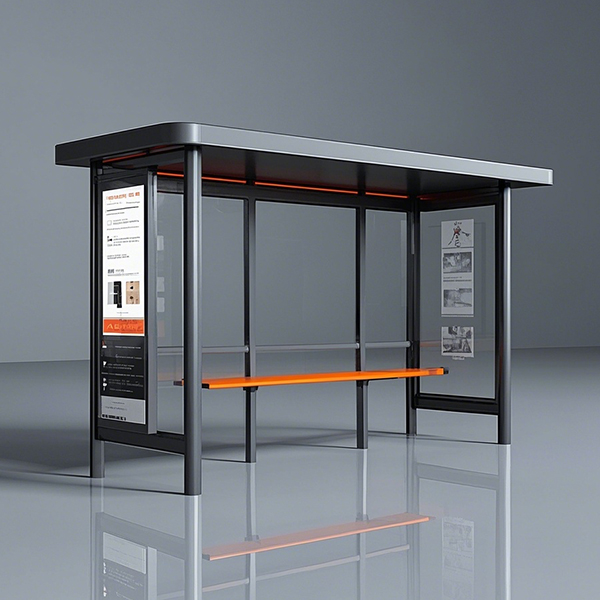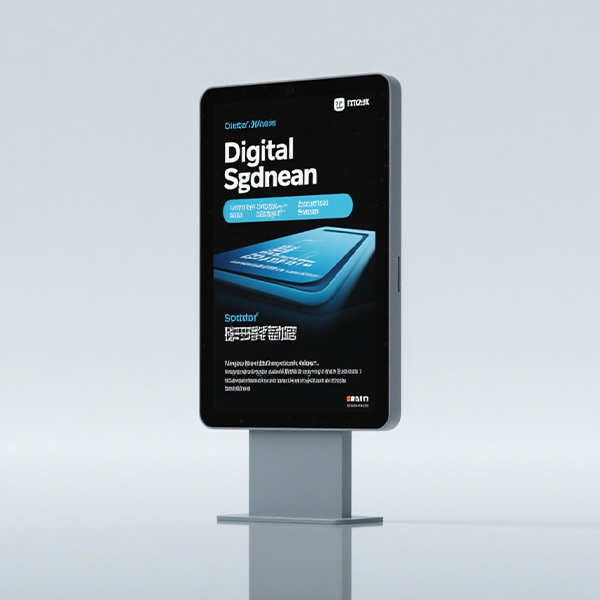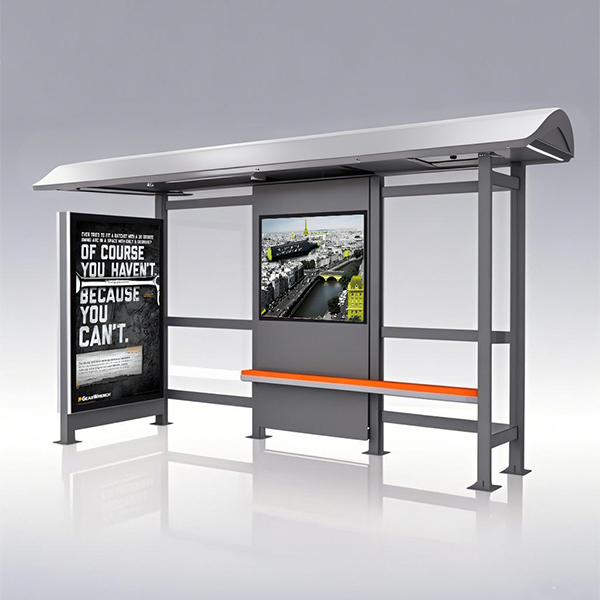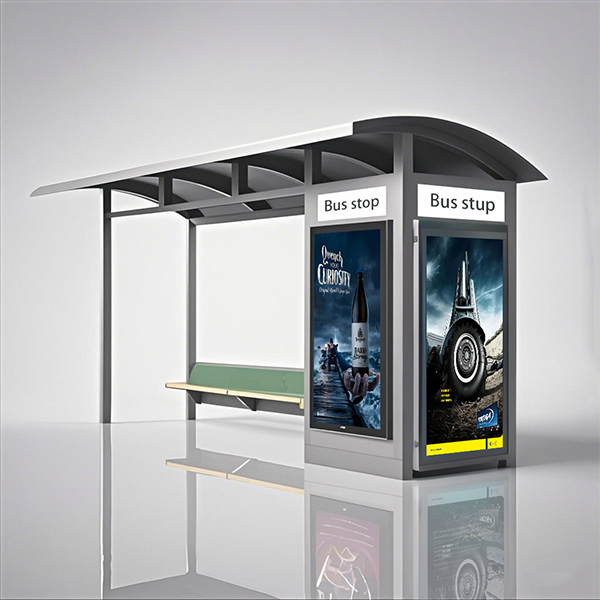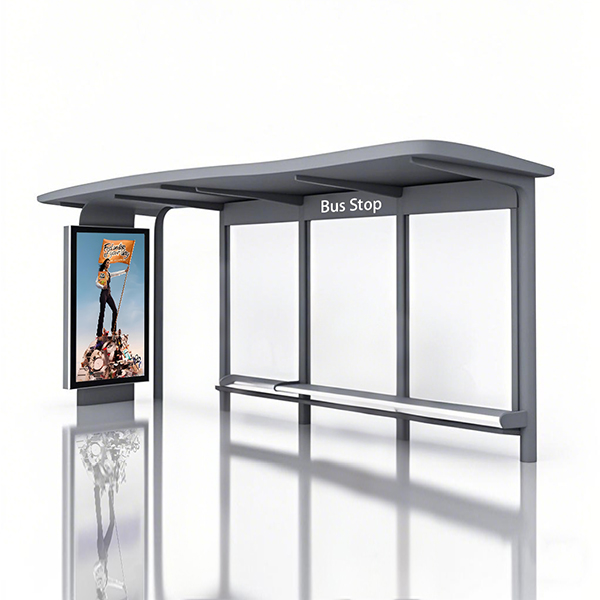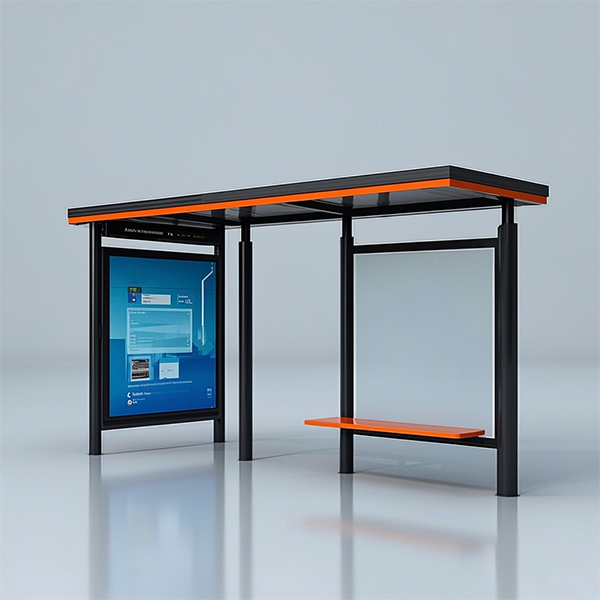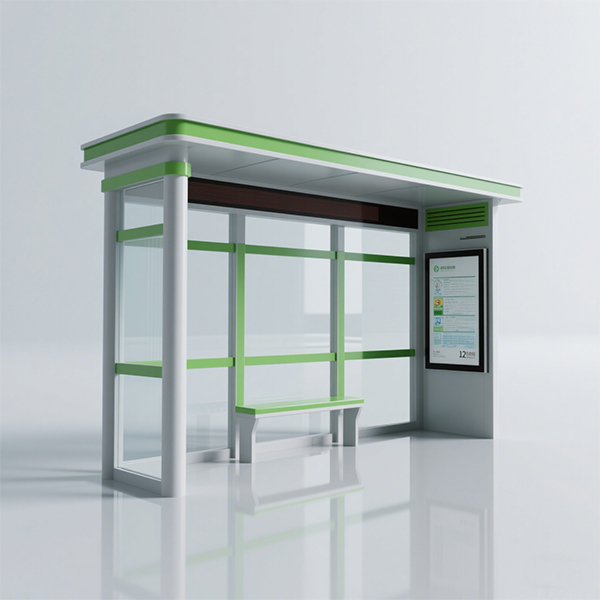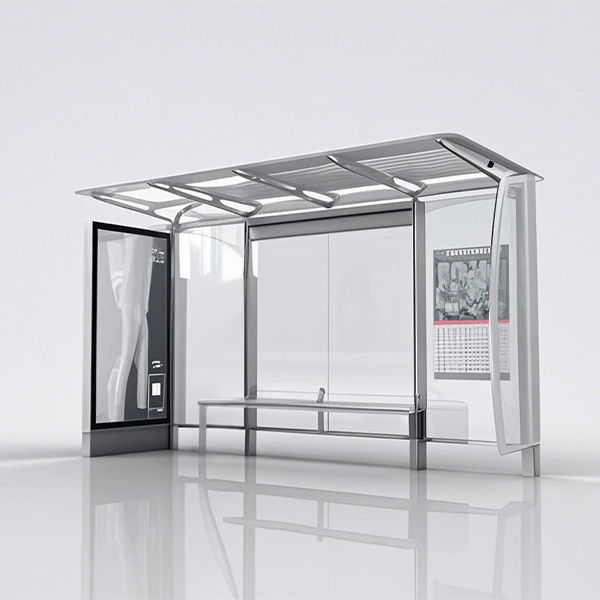
roadside digital signage
This comprehensive guide explores the power of roadside digital signage, detailing its benefits, implementation strategies, and best practices for maximizing your return on investment. Learn how to choose the right technology, create compelling content, and measure your success with data-driven insights. We'll cover everything from selecting the optimal location and hardware to crafting engaging visuals and managing your network efficiently. Discover how to leverage roadside digital signage to enhance your brand awareness, drive sales, and connect with your target audience in dynamic and impactful ways.
Understanding the Power of Roadside Digital Signage
Why Choose Roadside Digital Signage?
In today's fast-paced world, capturing attention is paramount. Roadside digital signage offers a unique opportunity to reach a broad audience with highly visible, engaging messages. Unlike static billboards, digital displays allow for dynamic content updates, targeted advertising, and real-time information dissemination. This flexibility allows businesses to adapt their messaging to current events, promotions, and seasonal changes, maximizing their impact and return on investment. The ability to easily update content means you can respond to market trends and customer feedback almost instantaneously.
Key Benefits of Roadside Digital Signage
The benefits extend beyond simple visibility. Roadside digital signage provides:
- Increased brand awareness and recall
- Targeted advertising campaigns for specific demographics and locations
- Real-time information updates (e.g., traffic alerts, weather reports, event announcements)
- Enhanced customer engagement and interaction through interactive displays
- Improved ROI compared to traditional static signage
Planning and Implementing Your Roadside Digital Signage Network
Choosing the Right Location and Hardware
Strategic placement is critical. Consider factors like traffic volume, visibility, proximity to target demographics, and regulatory compliance. Selecting the appropriate hardware involves assessing factors such as screen size, resolution, brightness (crucial for sunlight readability), and durability. Many solutions exist, from smaller, self-contained units to large-format displays integrated into more complex infrastructure. Research thoroughly to find a vendor that aligns with your needs and budget. For instance, partnering with a reputable provider like Shandong Luyi Public Facilities Co., Ltd. could provide expertise in selecting appropriate hardware for your needs.
Creating Engaging and Effective Content
Your content needs to be captivating and relevant to capture attention amidst other roadside distractions. High-quality visuals, clear messaging, and concise information are key. A professional designer can ensure your messages are both aesthetically pleasing and highly effective. Consider incorporating video, animation, and interactive elements to enhance engagement. Regularly update your content to keep it fresh and relevant to maintain audience interest.
Content Management Systems (CMS)
Efficient content management is crucial. A robust CMS allows for easy scheduling, updates, and remote monitoring of your roadside digital signage network. This ensures consistent brand messaging and enables quick responses to changing circumstances.
Measuring Your Success and ROI
Data-Driven Insights
Many modern roadside digital signage systems offer built-in analytics, allowing you to track key metrics such as impressions, dwell time, and engagement rates. This data provides valuable insights into the effectiveness of your campaigns, allowing for data-driven adjustments and optimization. By analyzing these metrics, you can fine-tune your content and placement for better results.
Analyzing the Results
Regularly review your analytics to identify what's working and what's not. A/B testing different content and messaging approaches can help refine your strategy over time. Don't just focus on the immediate numbers; analyze trends to see how your campaigns perform over longer periods.
Conclusion
Roadside digital signage presents a powerful opportunity to connect with your audience in a highly visible and impactful way. By carefully planning your network, creating engaging content, and leveraging data-driven insights, you can maximize your return on investment and achieve your marketing goals. Remember to choose a reputable provider and implement a robust content management system for optimal results.
Соответствующая продукция
Соответствующая продукция







